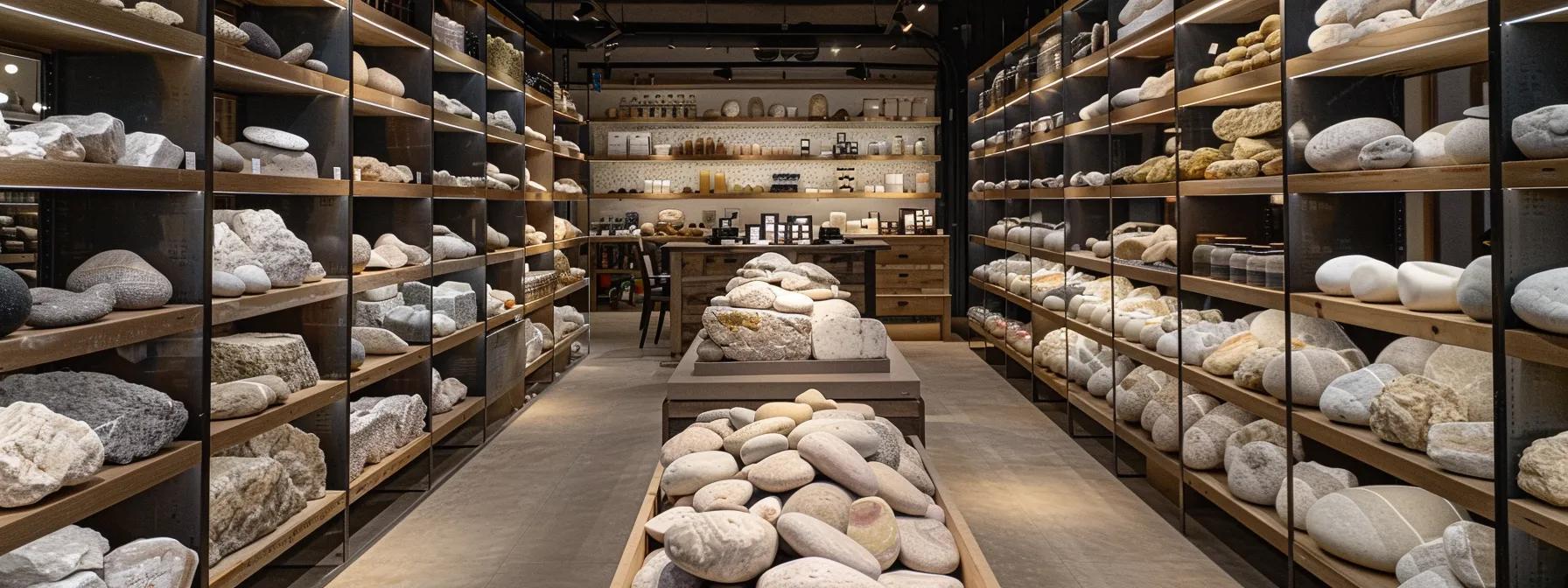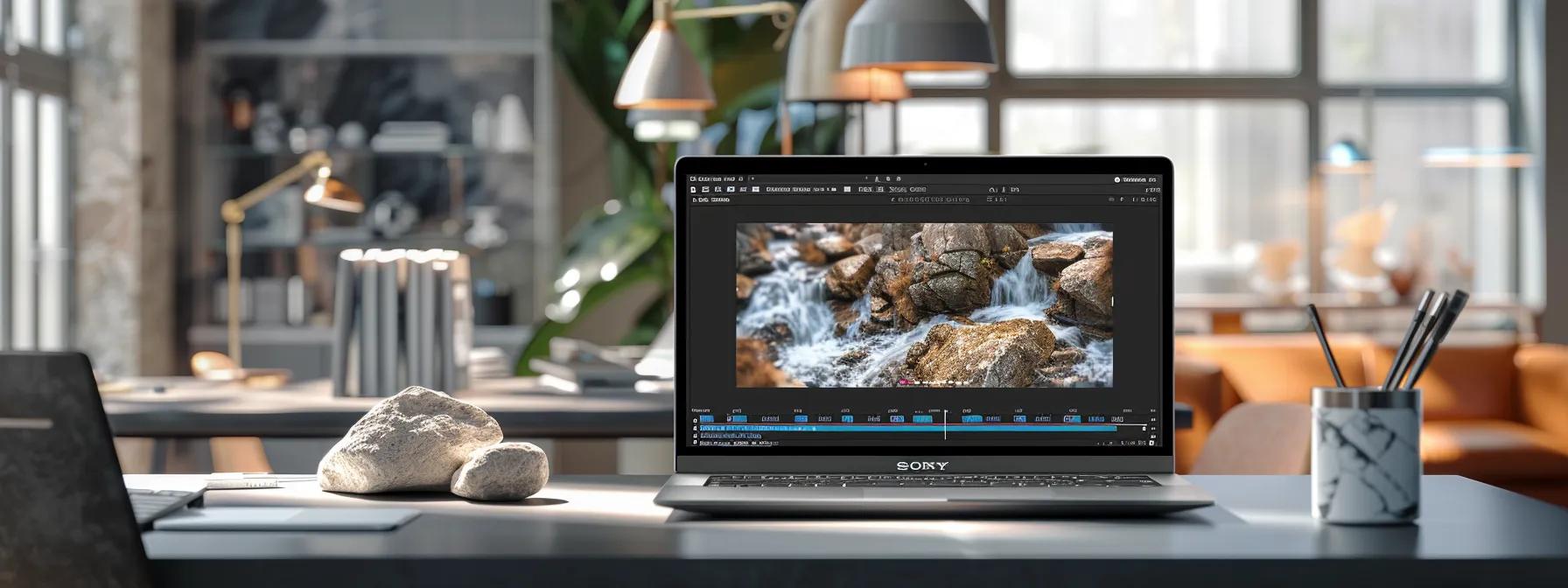Welcome to our Blog
The Brainerd Boulders Blog

Finding Premium River Rock Stone Nearby Made Simple
Where to Find the Best River Rock Stone Near Me: A Comprehensive Guide
This article is designed for lakefront homeowners and vacation cabin owners who need top-quality river rock stone for shoreline stabilization, rip-rap shoreline protection, retaining walls, patios, and custom hardscaping projects. It explains how to source high-grade rock stone materials—from local geology experts to online aggregators—while ensuring quality through rigorous supplier vetting and testing. The guide also outlines proven installation and maintenance strategies designed to protect your property and enhance its aesthetic appeal.
1. Local Geology Experts – Sourcing Advice from the Field
Local geology experts provide firsthand insight into the true nature of available stone, including river rock stone, which is prized for its durability and natural beauty. These professionals have an intimate knowledge of the region’s rock formations and can advise homeowners on weathering patterns, the mineral composition of stones, and which stones perform best under various environmental conditions.
For example, an experienced geologist in the services might note that some river rock stone contains a subtle beige and moss hue perfectly suited for blending into natural surroundings, while others may have specks of granite or decomposed granite that offer a stronger structural quality.
Experts typically support their assessments with data from field samples and local geological surveys. They also emphasize practical considerations such as the rock’s resistance to freeze–thaw cycles, drainage potential, and how well it compacts for driveway or wall applications. Relying on local geologists minimizes the risk of purchasing inferior stone and ensures that every piece of material is compatible with Minnesota’s unique climate and soil dynamics.
2. Online Aggregators – Accessing a Wide Range of Large Stone Rocks for Sale

Online aggregators serve as valuable platforms where buyers can compare various sources of large stone rocks, including river rock stone. These websites consolidate listings from multiple suppliers, offering detailed specifications, mineral composition reports, and customer reviews. Homeowners can conveniently sort through stone options based on attributes such as color (e.g., grey, slate, or travertine), size, and price.
One benefit of these aggregators is that they provide high-resolution images and technical descriptions that help customers verify the quality before making any investment.
For instance, if you are searching for stone veneer suitable for patios or decorative edging, these aggregators allow you to compare products from different vendors side-by-side. Additionally, many aggregators offer filtering options for building material properties and local availability, ensuring that you can find the precise stone that meets your needs. By using online tools, clients can save time and confidently move forward with a purchase backed by verified user reviews and supplier ratings.
3. Quality Assessments – Understanding the Qualities of Quality Rock Stone and River Rock Stone
Quality assessments of rock stone and river rock stone are critical in ensuring that the materials used for landscaping and retaining walls meet stringent standards. These assessments involve analyzing the physical and chemical characteristics of the stone.
Key qualities include compressive strength, weathering resistance, and the stone’s natural ability to blend with the landscape. Homeowners should look for stones with consistent texture and a natural, attractive color palette that includes neutral tones such as beige, grey, or even subtle hints of granite or basalt. boulder retaining walls
A comprehensive quality test will verify that the stone can endure the pressures of ice expansion and contraction, making it ideal for Minnesota’s lakeside conditions. For example, laboratory tests may show that a particular batch of river rock stone has undergone rigorous internal pressure tests, ensuring it can maintain its integrity when used in a driveway or as part of an erosion control system.
Often, suppliers will provide certified test results and detailed reports to attest to the stone’s suitability for various applications, from fire pits to boulder.
Detailed Quality Attributes
Durability – High resistance to abrasion and weathering, ensuring long-term usage.
Aesthetic Consistency – Uniform color and texture that blend well with natural surroundings.
Structural Integrity – Verified through compressive strength tests and freeze–thaw cycle analysis.
4. Supplier Vetting Processes – Sourcing Authentic River Rock Stone from Trusted Suppliers

Supplier vetting is a crucial step in the selection process to ensure that you receive authentic, high-quality river rock stone. Trusted suppliers are those with proven track records in providing DNR-compliant stone that has been sourced ethically and tested rigorously.
Verification processes typically include onsite inspections, third-party certifications, and documented histories of previous projects.
For example, a reputable supplier in the Brainerd Lakes Area may offer detailed documentation showing that their river rock stone has been quarried from a known location with verified environmental impact studies.
They might also be able to provide samples that have been tested for durability and consistency. This level of transparency not only builds trust with homeowners but also ensures the materials will perform reliably for projects such as building materials, retaining walls, or decorative boulder installations.
Key Steps in Supplier Vetting
Certification Verification – Confirm that the supplier holds proper certifications from relevant local and state regulatory bodies.
Customer Reviews – Analyze detailed customer feedback and case studies of previous installations.
Site Visits – When possible, conduct an onsite tour to view the quarry and inspect sample materials in person.
5. Installation & Maintenance Strategies – Ensuring Longevity and Aesthetic Appeal in Rock Stone Projects
Effective installation and proper maintenance are fundamental to the longevity of any rock stone project, particularly when dealing with river rock stone used in shorelines, patios, or retaining walls. The installation phase involves precise stone placement, ensuring that each rock is set with proper drainage, alignment, and interlocking to prevent shifting over time.
Professional installers often use specialized techniques to secure the stone and incorporate additional building materials, such as decomposed granite or gravel, to stabilize the structure further.
Once installed, maintenance strategies include periodic inspections and cleaning to remove vegetation and debris that might compromise the integrity of the stone walls or patios.
Homeowners are advised to perform routine inspections, especially after harsh winters or heavy storms, to identify any shifting or erosion early. Routine maintenance helps preserve the original aesthetic appeal and prevents minor issues from escalating into costly rip rap reparis.
Frequently Asked Questions
Q: Where can I find the best river rock stone near me?
A: You can find the best river rock stone at local geology firms, online aggregators, and certified suppliers specializing inin the Brainerd Lakes Area.
Q: How do quality tests determine rock stone suitability?
A: Quality tests assess granite stone for compressive strength, weathering resistance, and density consistency, ensuring that it is suitable for various hardscaping and erosion control applications.
Q: What certifications should suppliers have?
A: Suppliers should have certifications from the Minnesota DNR or equivalent state agencies, along with independent laboratory test results verifying material quality and environmental compliance, including building material.
Q: Do online platforms provide accurate supplier reviews?
A: Yes, reputable online aggregators feature verified user reviews and detailed supplier rating systems, which help ensure that the feedback is both reliable and current.
Q: How much river rock stone do I need for my project?
A: To estimate, calculate the square footage of the area and multiply by the desired depth (usually 2–3 inches for decorative use or deeper for erosion control). One ton typically covers 70–80 sq ft at 2 inches deep. Suppliers can help confirm exact quantities based on your layout.
Q: What’s the difference between decorative river rock and functional erosion control rock?
A: Decorative river rock focuses on color, smoothness, and uniformity for visual appeal. Erosion control rock, like rip rap or large granite stone, prioritizes size, weight, and angularity for better stability and resistance to shifting.
Q: Can large stone rocks be delivered directly to my property?
A: Yes, most local stone yards and suppliers in the Brainerd Lakes Area offer direct delivery for large stone rocks. Delivery options vary by tonnage and location, so it's best to request a quote based on your project needs.
Q: Is river rock stone environmentally friendly?
A: Sustainably sourced river rock is environmentally friendly when extracted under DNR guidelines. Its longevity, natural appearance, and non-toxic properties make it an eco-conscious choice for landscaping and shoreline protection.
Q: What size of river rock is best for drainage?
A: 1”–2” river rock is ideal for drainage applications like French drains, dry creek beds, or around downspouts. Its round shape allows water to flow freely without compacting like gravel or soil.
Q: How do I choose between granite stone and river rock?
A: Granite stone offers angular edges and heavy-duty performance, making it great for retaining walls and rip rap. River rock is smoother and more decorative, ideal for garden beds, pathways, or water features. Your choice depends on function and aesthetics.
Q: Are there seasonal sales or discounts on large stone rocks?
A: Yes, many suppliers offer seasonal discounts, especially in early spring or late fall. Buying in bulk or coordinating delivery with other nearby projects may also reduce overall costs.
Q: Can I mix different types of rock stone in one landscape project?
A: Absolutely. Mixing river rock, granite stone, and larger accent boulders can create visual contrast and improve functionality. Just ensure the materials complement each other in color, size, and purpose—like using granite for structure and river rock for drainage or decorative borders.

Working Hours
Mon: 7am - 5pm
Tues: 7am - 5pm
Wed: 7am - 5pm
Thur: 7am - 5pm
Fri: 7am - 5pm
Sat: Closed
Sun: Closed


